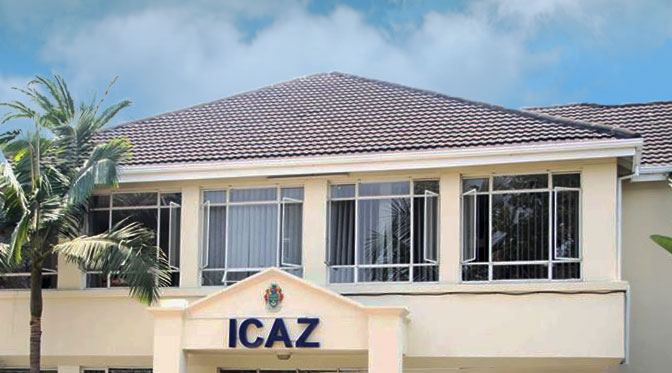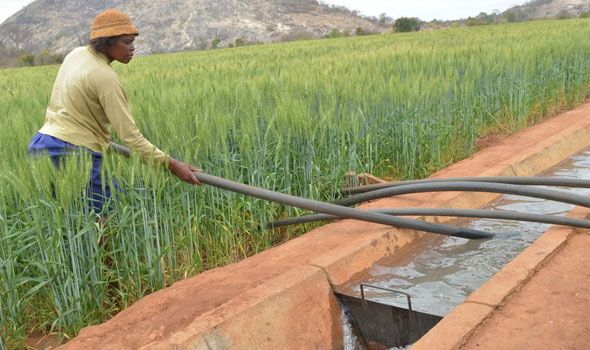Zim needs to ramp up manufacturing: AfCFTA
Buy Zimbabwe, an initiative to promote consumption of local products, says Zimbabwe should ramp up its manufacturing capacity to withstand competition and tap into opportunities under the African Continental Free Trade Area (AfCFTA).
The AfCFTA is the world’s largest free trade area with a population of about 1,2 billion and is expected to contribute an estimated US$2,3 trillion to the continent’s Gross Domestic Product (GDP).
Zimbabwe is one of 54 signatories to the AfCFTA, which was operationalised in January 2021 and seeks to eliminate tariffs on 90 percent of goods traded between member States over 10 years.
Among other goals, the AfCFTA also seeks to streamline customs procedures, reduce bureaucracy, and harmonise technical standards to ease the movement of goods across borders.
In its 2023 annual report, Buy Zimbabwe said without a robust buy local initiative with set local content thresholds, the opportunities in Africa will be lost.
“With the coming on board of the African Free Continental Trade Area (AFCTA) which is estimated to have a combined GDP of US$2 trillion, it is important for Zimbabwe to enhance her local productive capacity.
“Without a robust buy local initiative with set local content thresholds the opportunities in Africa will be missed.
“Even then, our public and private sector must commit to a minimum quota of local purchases. Not doing so will continue to limit our growth and impact negatively on the recovery of our economy.
“As the Buy Zimbabwe, we have set an ambitious target to accelerate the buy local initiatives,” it said.
In this context, Buy Zimbabwe will have its programmes this year anchored on four pillars that are accelerated engagements with the public sector to ensure local content requirements are enforced; 80 percent top-of-mind awareness; development of local databases to track domestic producers and link them to markets.
In partnership with the Standards Association of Zimbabwe and QMIZ (Quality Management Institute of Zimbabwe), it will implement local content rating programmes.
“It is estimated that between 10 percent and 15 percent of Zimbabwe’s Gross Domestic Product goes through public procurement.
“Enhancing multiplier effects in this sector is critical for growth.
“Presently, the law in Zimbabwe gives preference to domestic suppliers.
“However, the lack of local content thresholds has left the exercise amenable to imports,” said Buy Zimbabwe.
“We are glad that the Government through the Procurement Regulatory Authority of Zimbabwe is mindful of this gap and has committed to its redress.
“We are working to ensure that this is expeditiously addressed.”
Buy Zimbabwe said the battle to win the minds of Zimbabweans in favour of buying locally manufactured products can only be won through the promotion of domestic goods.
As a result, the Buy Zimbabwe initiative will embark on monthly campaigns partnering with local retail outlets, companies and organisations such as the Confederation of Zimbabwe Industries as well as the Ministry of Industry and Commerce to promote certified domestic products carrying the Buy Zimbabwe insignia.
“In November every year, we have a dedicated Buy Zimbabwe week campaign where our ambassadors visit retail and wholesale outlets to educate consumers on identifying local products and emphasising the importance of buying locally produced goods and services.
“Our vision is to build an electronic database that has all companies in Zimbabwe. These can then be alerted to business opportunities in both public and private sectors.”
According to the Zimbabwe National Statistics Agency (Zimstat), Zimbabwe’s total exports last year amounted to US$7,2 billion against imports of US$9,2 billion.
Exports increased by 6,2 percent from US$6,5 billion in 2022 to US$7,2 billion last year while imports rose by 8,2 percent from US$8,6 billion in 2022 to US$9,2 billion last year.
Buy Zimbabwe said according to Zimstat, the country has largely operated in a negative trade balance for the past four years with a cumulative deficit of US$6,8 billion from 2020 to 2023 with the gap between imports and exports increasing annually.
Buy Zimbabwe said to narrow the gap, and achieve the country’s goals of industrialising the economy and attaining upper middle-income society status by 2030, concerted efforts are needed by the Government, business and labour.
“The progressive growth in occupancy of local products in our wholesale and retail outlets from 30 percent in 2010 to 65 percent is a strong indicator that it is possible to narrow the trade deficit or even turn it in favour of Zimbabwe,” it said.
-herald










